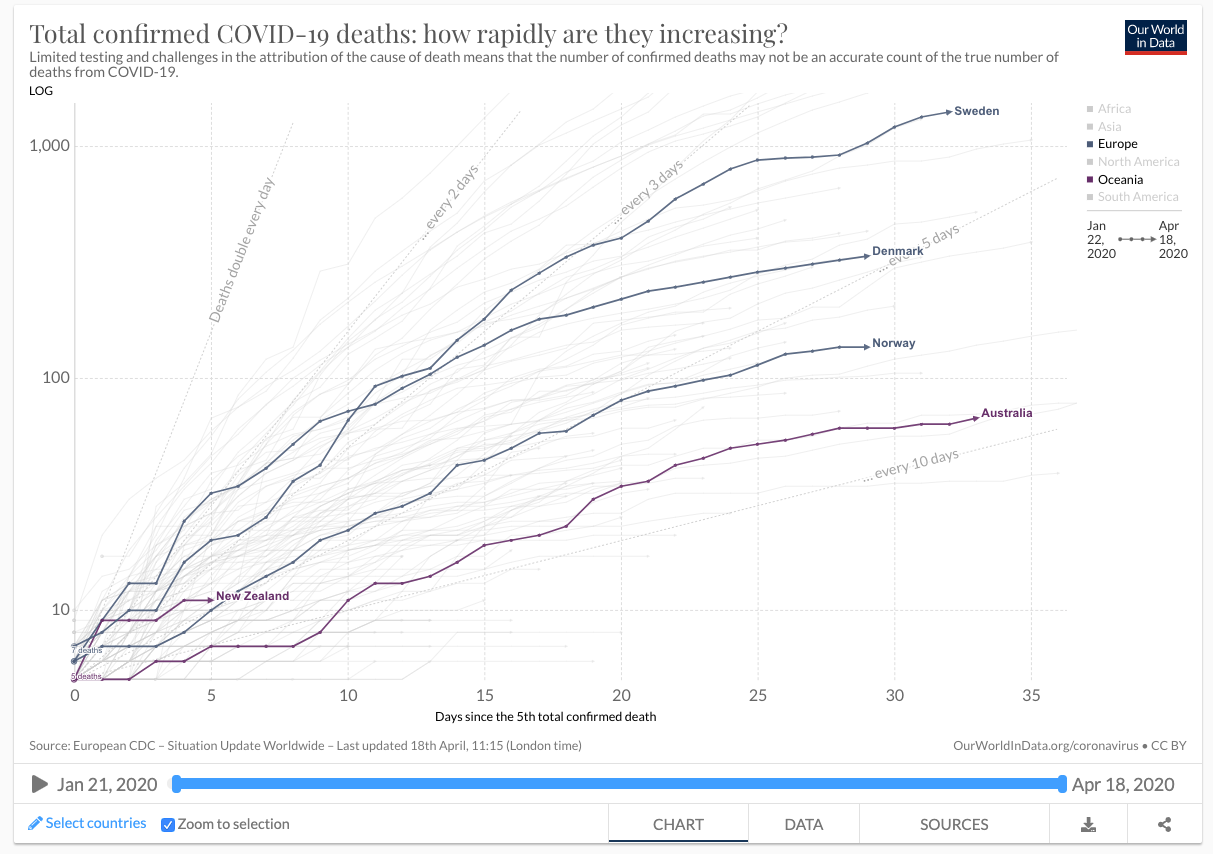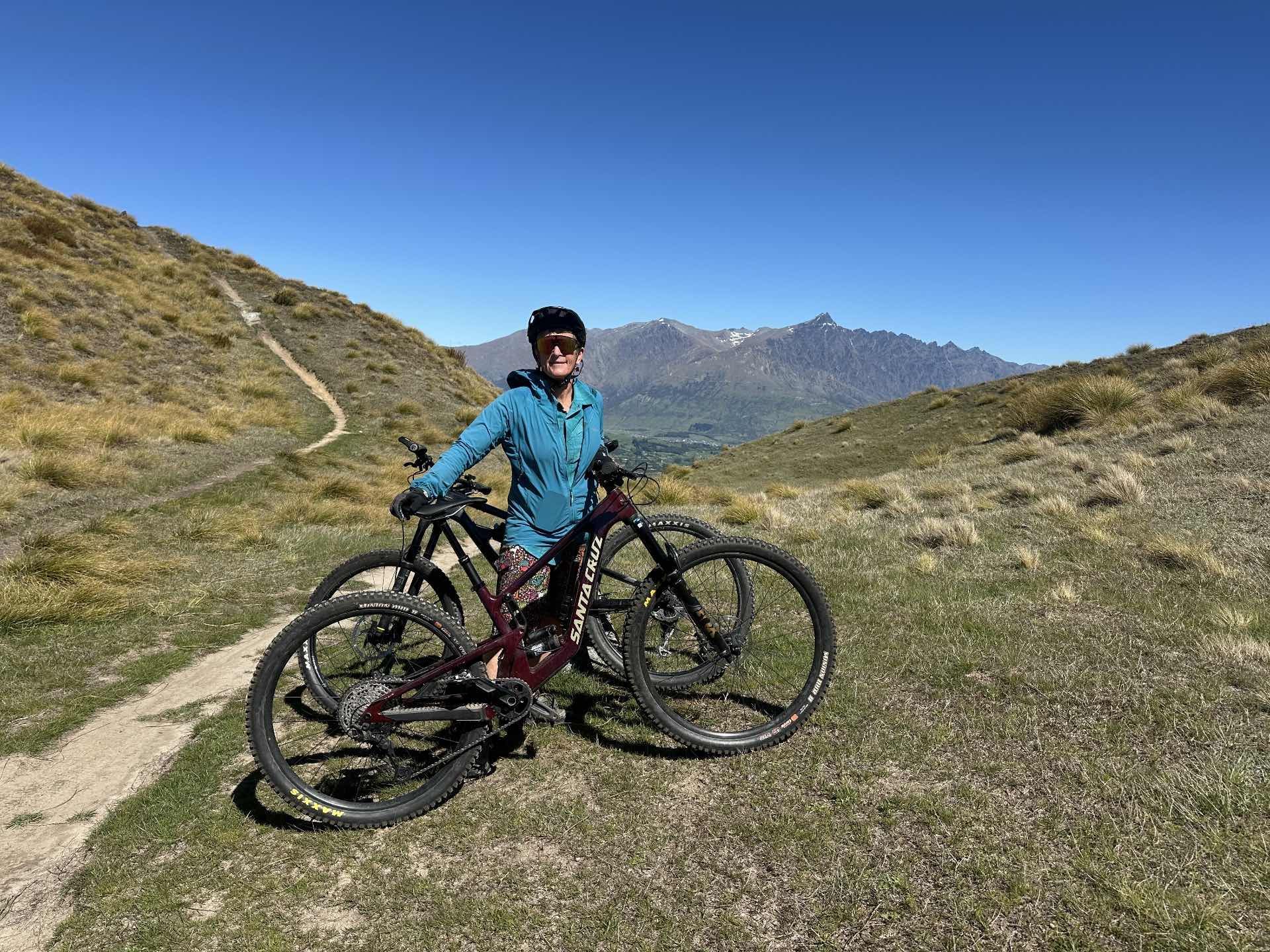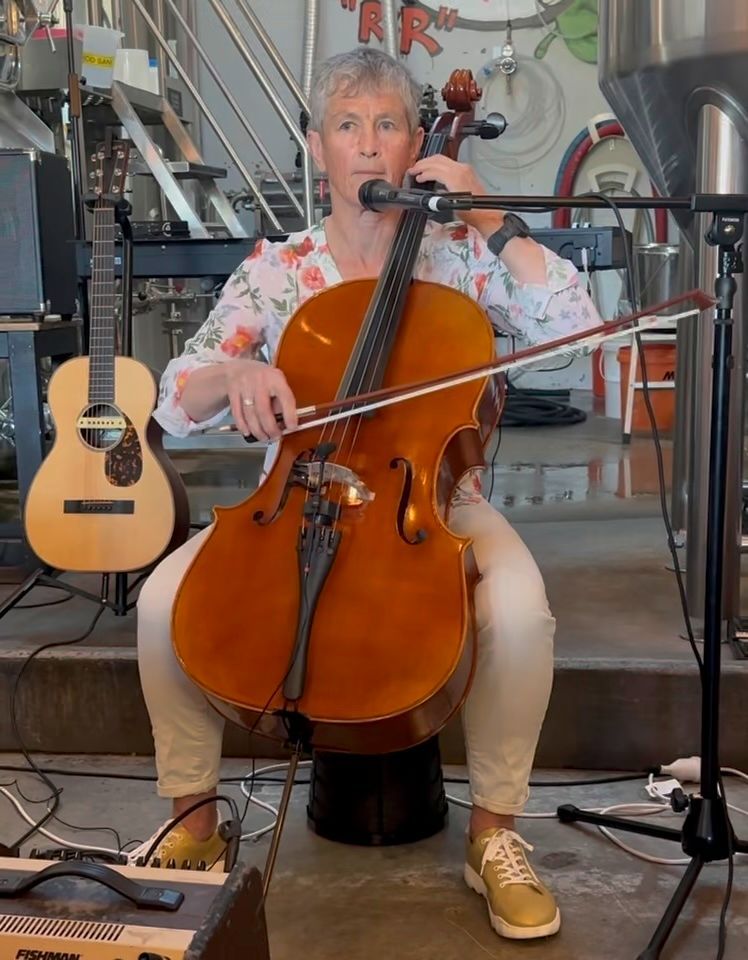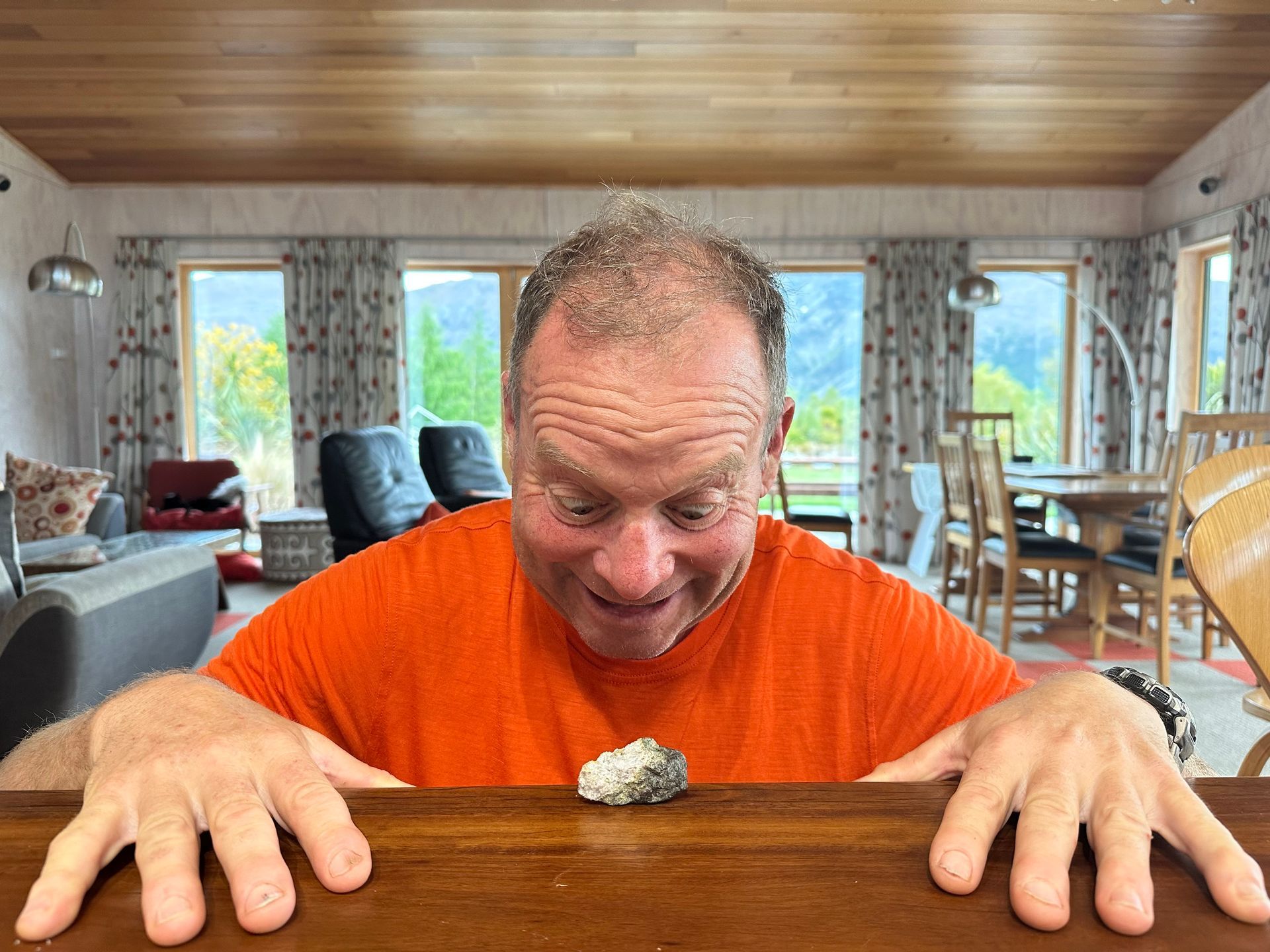Still holding…
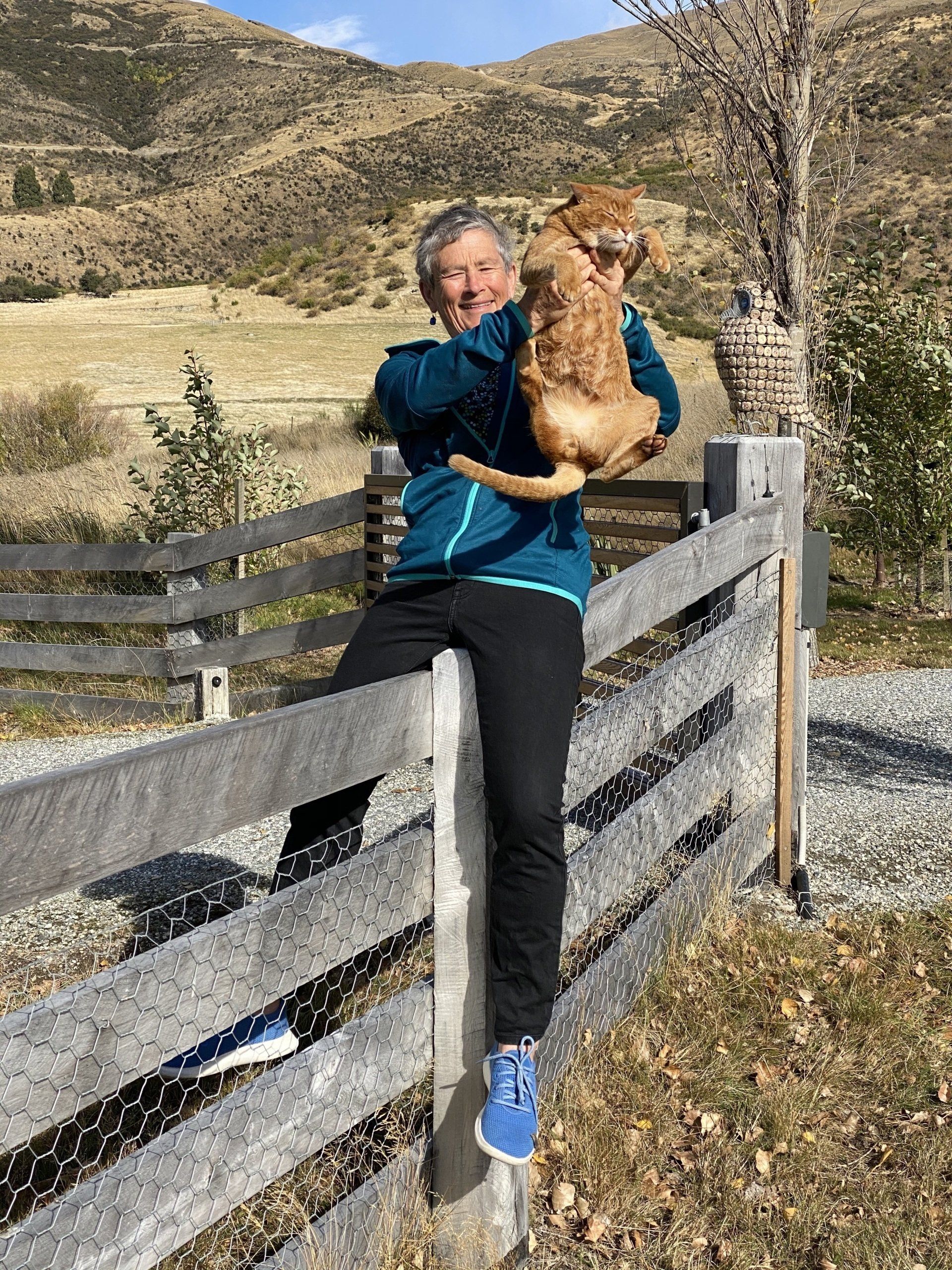
Loki and I sat on the fence today. It was the highlight of my day – getting dressed up to get my picture taken on the fence (Loki didn’t bother dressing up and demanded to be returned to the house very promptly). I am pretty good about not wearing a dressing gown all day but not so good about getting out of my well worn outdoor working clothes, which have all seen better days and are not always the cleanest. There rarely seems to be a point to dressing tidily because, even for a Zoom video, one only gets seen from the waist up. Mum gets the sartorial prize in our bubble – every day she wears different clothes which are clean, tidy, matching and nice colours. I have always been poor from that point of view, being quite happy to wear the clothes that I liked wearing yesterday. Chris doesn’t even notice that there is any sort of sartorial competition going on and gaily sheds beech tree leaves around the house from his grubby knees.
The Ardern & Bloomfield Show also sat on the fence today, which was to be expected. Tomorrow is the big announcement regarding our first potential step down from the Level 4 Alert; the Show has been postponed until 4pm on Monday so we can all wait for longer (I mean so that Cabinet can have a proper debate). Journalists tried to trick the co-hosts into making an early call on the decision, but they were firm in their resolve to say nothing will be decided until the close of the Cabinet meeting.
What do I pick, and what do you pick? The PM provided a long list of criteria that would be used in the decision making process and most of them rapidly dribbled out the other side of my COVID-addled brain. A general element in the fence balancing act is whether New Zealand is achieving its goal of elimination. This goal appears to be an ongoing very low level of COVID-19 cases – ‘elimination’ refers to the reduction of disease cases to zero or a very low defined target rate of new cases for a defined geographic area. In contrast, eradication means that there are zero cases of disease with no control measures required. I note that the word ‘elimination’ is not being used in a very clear way, given that the number of cases ‘allowed’ is not yet being defined. Our elimination aspirations have probably been reinforced following yesterday’s announcement that the Cook Islands declared itself COVID-19 free yesterday (they have theoretically achieved ‘eradication’, except I think they never have had any cases).
So is our position, and our sum of measures, on the elimination pathway? Elimination requires low current case numbers , low rates of community transmission , rapid identification of people who are sick through testing , strong contact tracing and good isolation and quarantine measures.
Testing
We have very good rates of testing for people who are currently sick (and have had for 2 weeks). We don’t yet have a good way of testing for people who have been sick and have recovered (Germany is rolling out a major serological testing programme around this as part of their strategy). This isn’t something our government is currently emphasising but is going to need to be part of any Level 2 picture, I would theorise.

New Cases
In regards to numbers of new cases (combined confirmed and probable cases), we all know they have been dropping – in fact since 5 April, 10 days after we went into lockdown on 26 March.
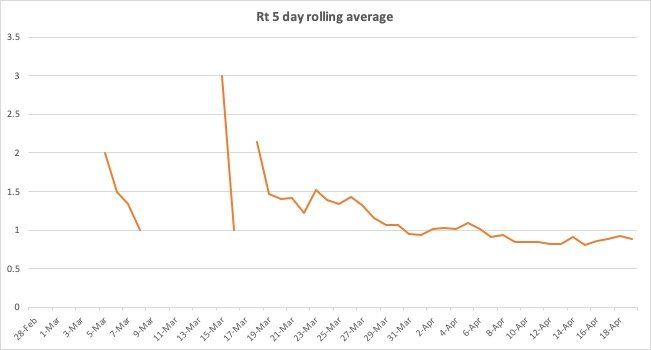
Transmission Rate
New Zealand’s transmission rate over time has stayed below 1 (the point at which the disease is naturally fading out, because each infected person infects less than 1 other person) since 7 April and been close to 1 since 29 March. There’s no way we would get out of Level 4 without it being below 1, the overriding concern will be that increased numbers of contacts between people in the Level 3 conditions might take it over 1 again.
Contact Tracing
A significant elephant in the Beehive will be whether contact tracing is yet good enough. Today the PM backtracked on earlier suggestions that we must have electronic tracing to get out of Level 4, and is now saying we will continue to search for appropriate electronic tracing technology but the core of contact tracing must be humans because of their interpretive capability (I am not so sure I believe this – there is a need for both, for different reasons). The lets us off the hook in one way, but is our human-powered tracing system good enough? Ashley Bloomfield says “Not yet”, but they will be working hard on it in the early part of the week. Will this be enough to keep us in Level 4 until contact tracing is improved? Perhaps.
The need for contact tracing is emphasised by a new Whanganui case today where there are no lines of evidence as to where the person contracted Covid-19. Four percent of cases in New Zealand are categorised as community transmission (with only 2% still under investigation, compared to the 2 week mark when we estimated 2% community transmission but 18% were still under investigation). That means 57 people have acquired COVID-19 inside New Zealand, other than through known people who are infected. That’s not terrible, but it isn’t none either.
Isolation & Quaratine
New Zealand is now pretty happy with its isolation and quarantine procedures as stated by Ashley Bloomfield today; I won’t go into those further except for noting that the big step forward was quarantining everyone who arrived at our border from April 10 (once the numbers of arrivals dropped to manageable numbers).
The State of the People and the Economy
The PM also mentioned that public appetite for the required behaviours is part of the decision making process; I am not sure what conclusion might be drawn on that front, as there are people gunning in both directions who are pretty vocal about their views. It is obvious that if people will not comply with restrictions, the restrictions will be of little use; it is not so obvious where the weight of the populace might sit on restrictions at this point in time.
The state of the economy is pretty closely tied to the state of the people but the pain for both is not yet truly apparent as the Government’s financial aid is propping up many businesses and individuals who will suffer significantly in the future. I am not going to go into detail here on the various economic models that are out there. Suffice it to say that none look rosy, some look terrible, and any decision from Cabinet will be put in the light that it is aiming to move back towards a functional economic system.
How’s Our Experiment Looking Internationally?
Out of interest, let’s check our experiment again, in regard to the other countries we compared with back at the two week mark. Everyone’s death rates are clearly flattening out, except for Sweden. They are still holding to their lack of lockdown, although 2 days ago their government passed legislation which will allow emergency control measures of people’s activities if the government deems necessary. It appears that Sweden’s cases are still growing at least the rate of doubling every 10 days, there will be more deaths to come. At present, Sweden still appears to be prepared and willing to take those losses for the gains that come from lack of lockdown.
In terms of absolute numbers of deaths, New Zealand is looking pretty good. We are nearly two weeks on from our peak number of new cases, so we have another two weeks in which those cases might still die (it takes a lot of people 2 weeks to get really sick and then another two weeks to die), but we only have 18 cases in hospital and only 3 of those in the ICU.
Making a Call
Having written a considerable amount today, I had better put a stake in the ground…I pick a delay in moving to Level 3 (remembering that I am a realist who prefers to be pleasantly surprised than to be disappointed). How long a delay? I am going for 1 week, which will take us out to the day that it has been projected that children of Level 3 workers will need to go to school. I predict that this will “allow the organisations that can operate at Level 3, including schools, sufficient time to prepare”, and thus appear to be listening to the needs of the economy while also protecting the people.
Having said that, here’s hoping that tomorrow I am proven wrong.
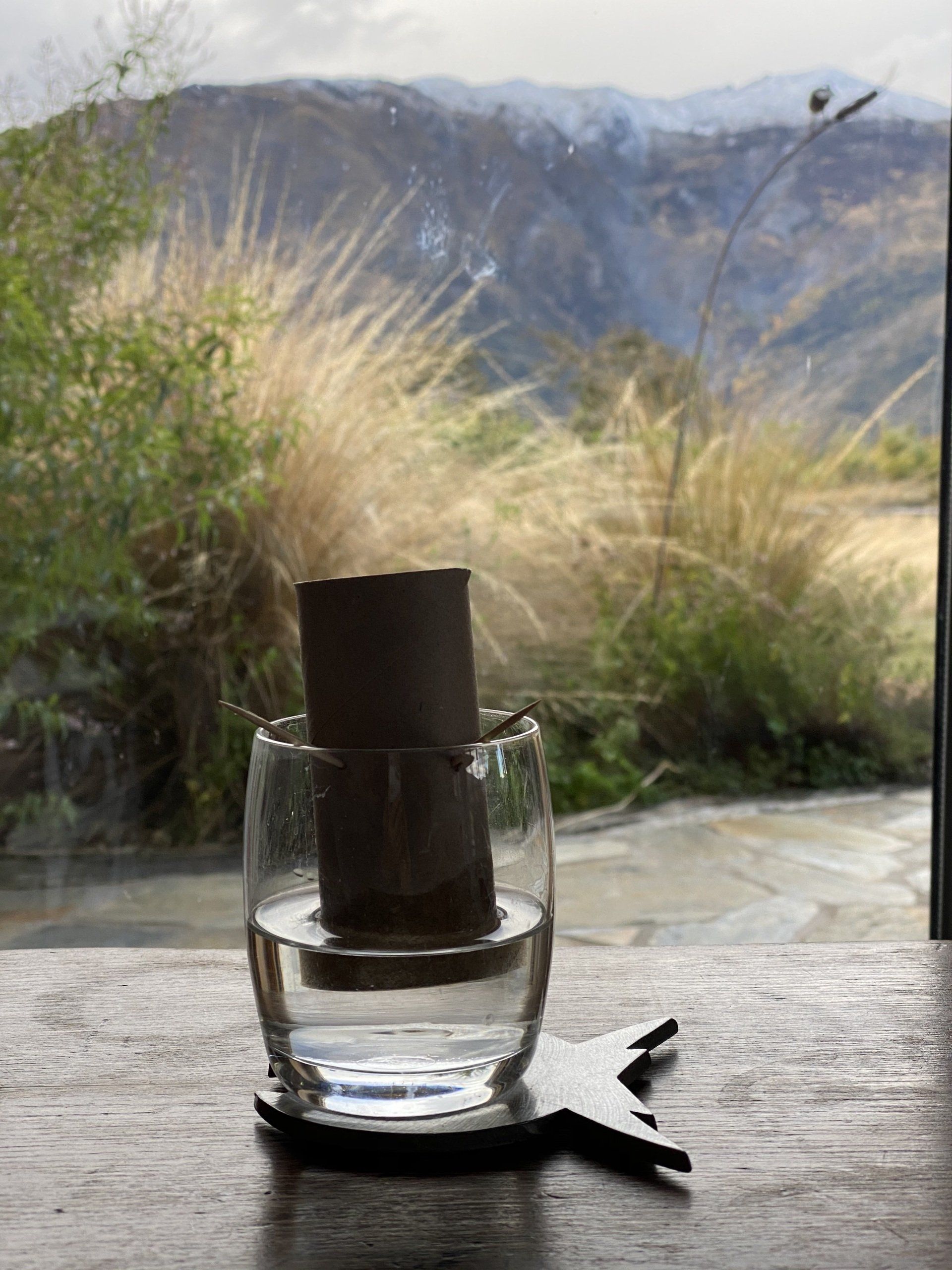
Handy tip in case an extended Level 4 lock down impacts toilet paper supplies - you can grow your own at home. Mine hasn't sprouted yet, even though I have given it plenty of light and warmth, but I am sure it will soon.
